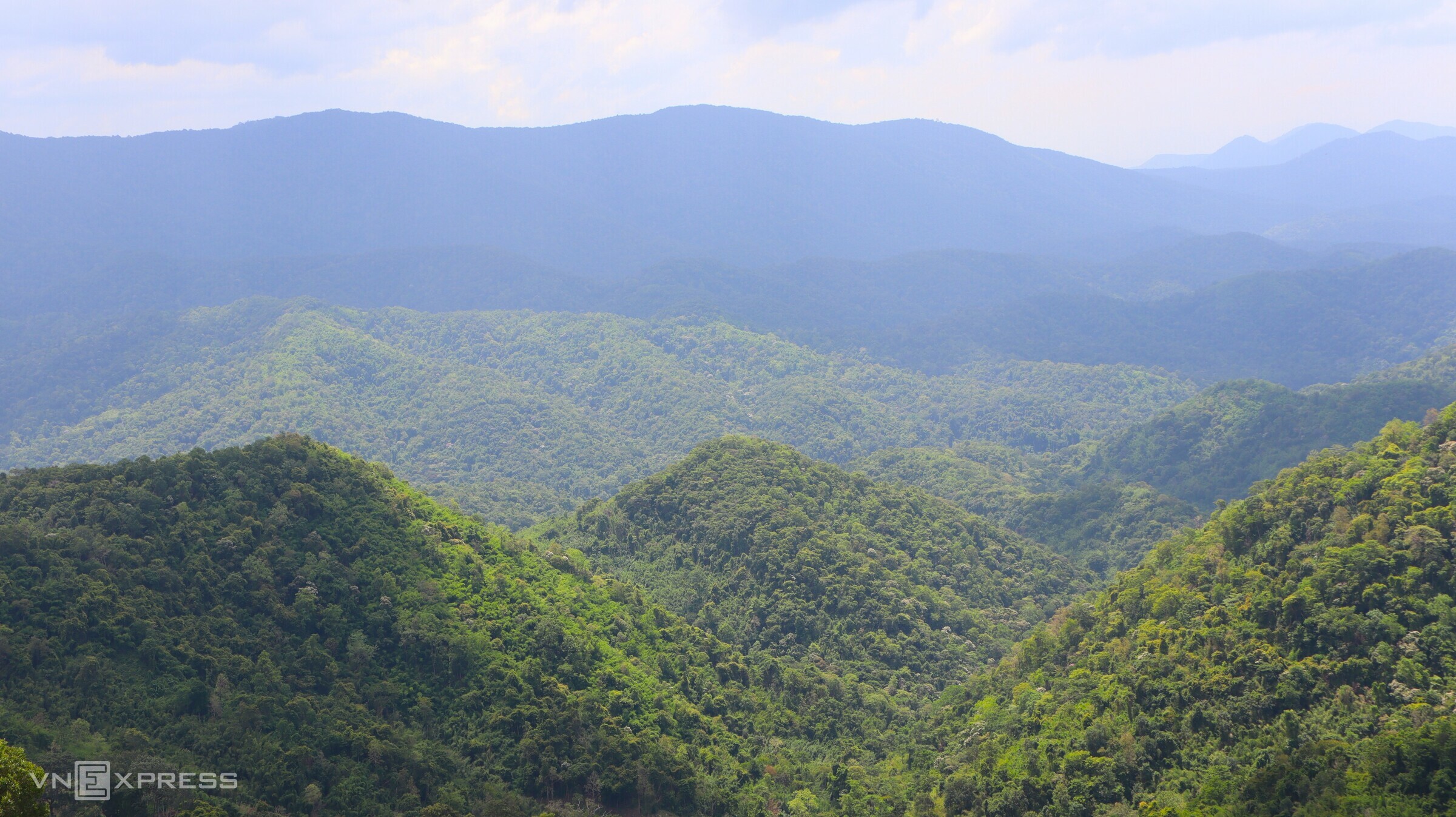This estimate, based on a high-price scenario of $47 per credit, a 70% cap on international sales, and 56 eligible carbon credit generation measures, comes from a group of technical experts advising the Department of Climate Change (Ministry of Agriculture and Rural Development).
Speaking at a workshop on 23/9 evaluating the impact of developing a carbon exchange, Ho Cong Hoa from the Academy of Policy and Development, an expert within the group, explained that the $47 per credit figure is based on a high-price scenario.
The pricing scenarios are benchmarked against average transaction prices in the Carbon Offsetting and Reduction Scheme for International Aviation (CORSIA) and partner credit trading markets like Singapore, Japan, and South Korea.
Low and medium-price scenarios ($20.5 and $33.8 per credit, respectively) project revenues of $600 million and $1.2 billion, including taxes and transaction fees. Transaction fees, projected at 2% of revenue, could contribute up to $10.4 million to the state budget.
By sector, industry, energy, and waste treatment stand to benefit most due to lower emission reduction investment costs. Agriculture and forestry face higher costs.
 |
Natural forest in the Gia Bac mountainous region, Lam Dong province, on 28/6. Photo: Viet Quoc |
Natural forest in the Gia Bac mountainous region, Lam Dong province, on 28/6. Photo: Viet Quoc
However, experts caution about balancing the allowance for international credit sales. Nguyen Hong Loan, director of GreenCIC and head of the advisory group, highlighted the "corresponding adjustment" stipulation in the 2015 Paris Agreement. This requires the buying country to deduct emissions while the selling country adds them to its tally, preventing double counting.
Loan warned that Vietnam risks exceeding its sales limit, jeopardizing its emission reduction commitments under the Paris Agreement. Additionally, international market transactions could impact the domestic market.
Nguyen Tuan Quang, deputy director of the Department of Climate Change, illustrated this with the example of airlines like Vietnam Airlines and Vietjet Air, which have substantial carbon credit needs to meet CORSIA reduction commitments. The sector is projected to require 2.3 million credits starting next year. An imbalance in domestic supply would force them to purchase more expensive foreign credits.
The expert group recommends a 50% cap on international credit sales until 2030 to ensure national emission reduction targets are met. After 2030, if the carbon market aligns with Vietnam's ambitious climate goals, the cap could be raised to 70%.
Domestically, establishing a carbon exchange (ETS) would ease the financial burden of emission reduction for participating businesses. Calculations show that by purchasing offsetting credits for 30% of their allocated greenhouse gas quotas, thermal power, cement, and steel companies could reduce compliance costs from over $420 million to nearly $70 million. Instead of investing in emission reduction measures, they could buy cheaper credits to offset, gaining time to secure financing and technology.
Experts also recommend gradually reducing the offsetting credit cap to 20% after 2028 and 10% from 2030 to encourage direct emission reductions from production activities.
Carbon exchanges are tools for carbon pricing, supporting nations on their path to Net Zero emissions. Between 2020 and 2024, the number of global exchanges nearly doubled to 37, with total revenue increasing from $25 billion to over $69 billion.
Vietnam is finalizing its policy framework for a domestic exchange. A pilot phase is planned from now until 2028, with full operation starting in 2029, involving over 200 companies in the thermal power, cement, and steel sectors.
Thuy Truong












